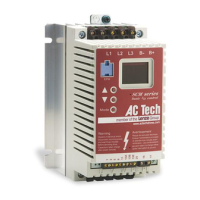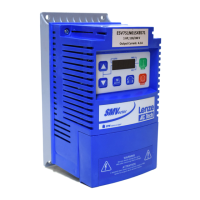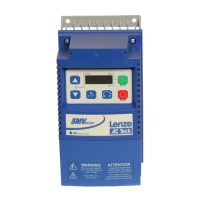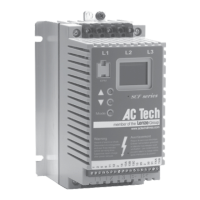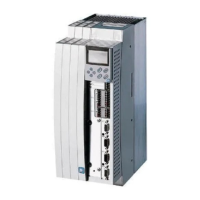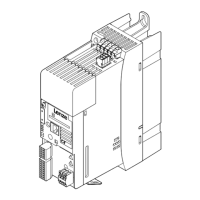Why is my Lenze Inverter showing overvoltage on DC bus?
- MMelody BarkerAug 29, 2025
If your Lenze Inverter is experiencing an overvoltage on the DC bus, it could be due to several reasons: * The mains voltage might be too high: Verify the mains voltage. * The deceleration time might be excessively short, or the motor might be in generator mode: Increase the deceleration time or consider using a dynamic braking option. * Earth leakage on the motor side: Check the motor and motor cable, separating the motor from the controller to diagnose.


